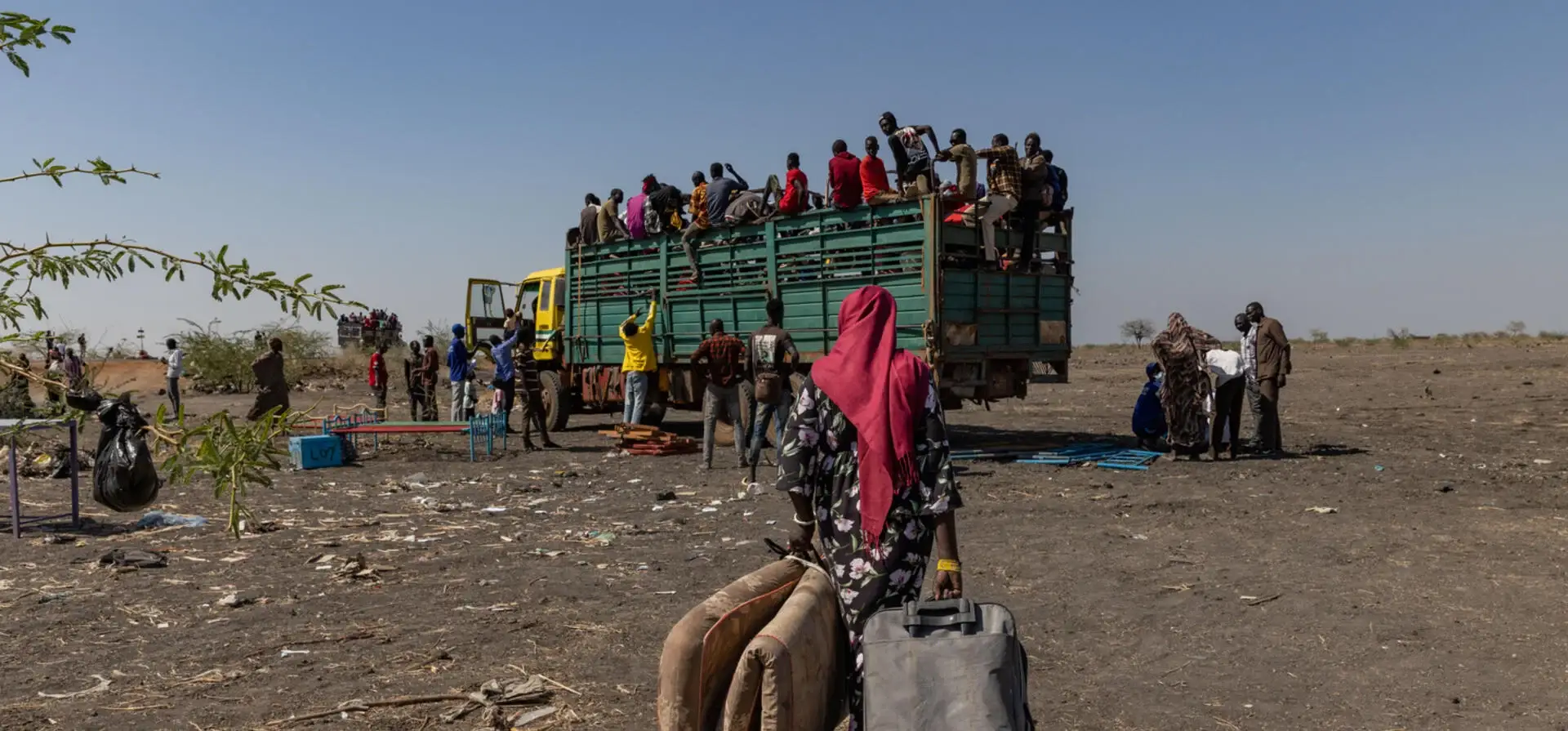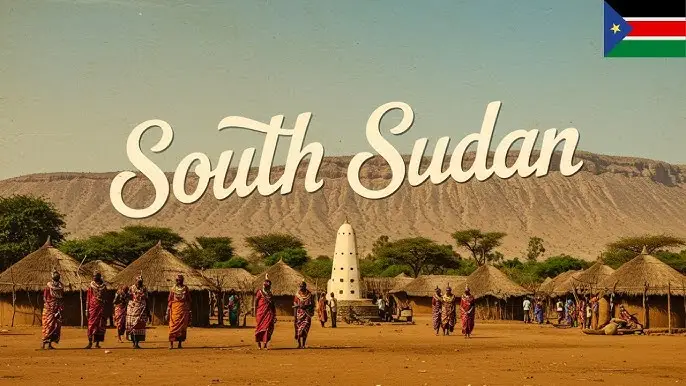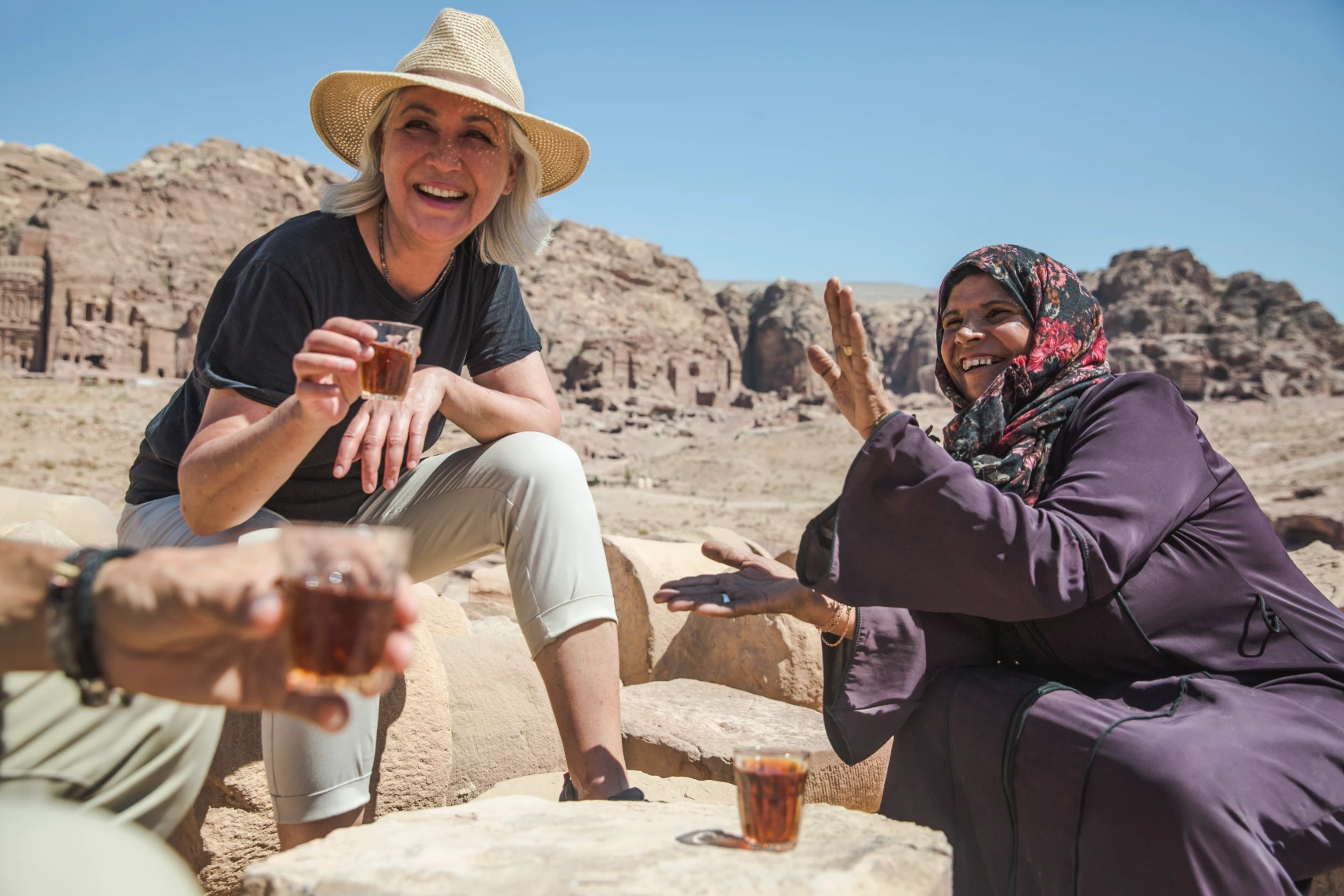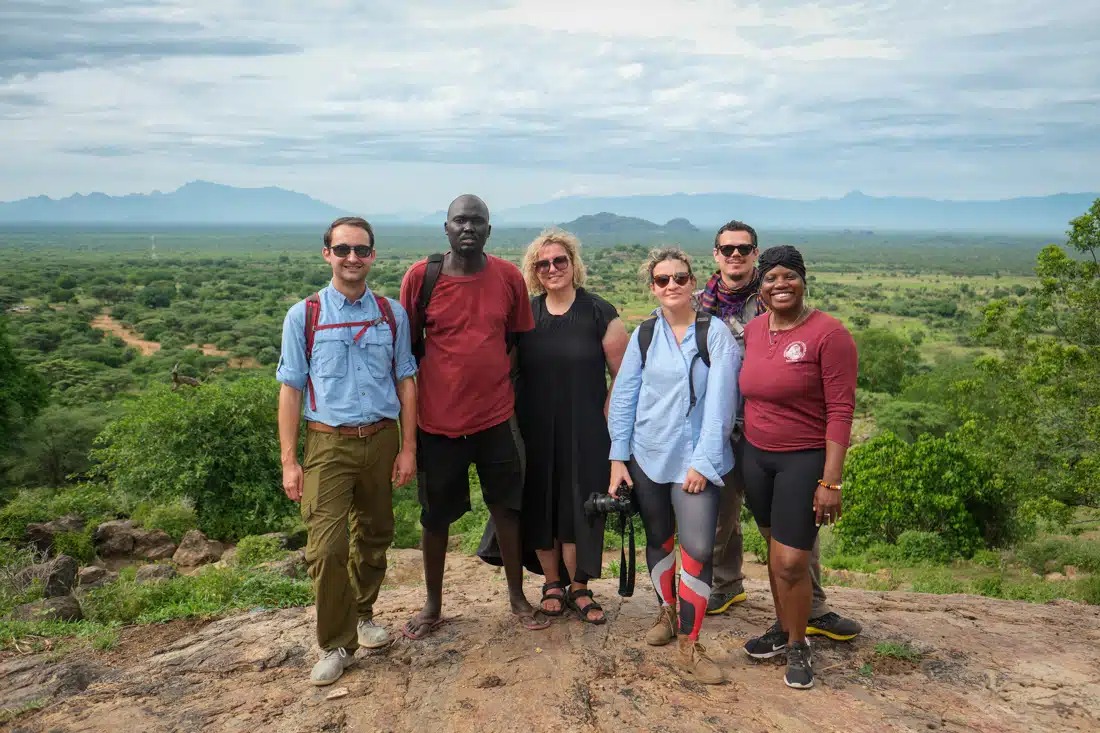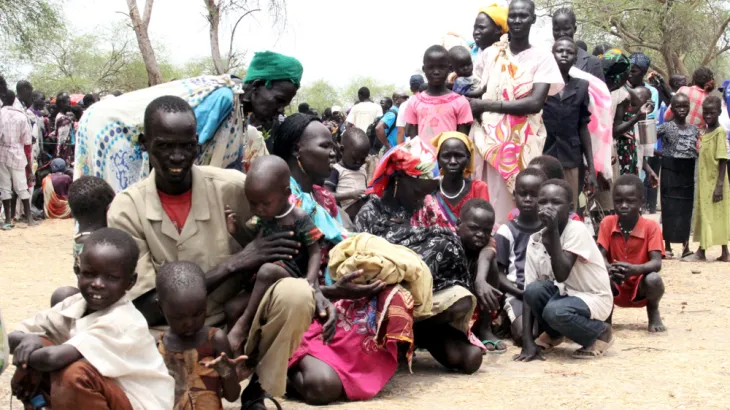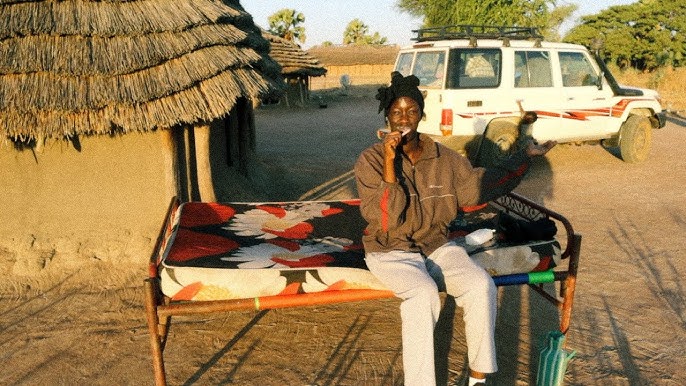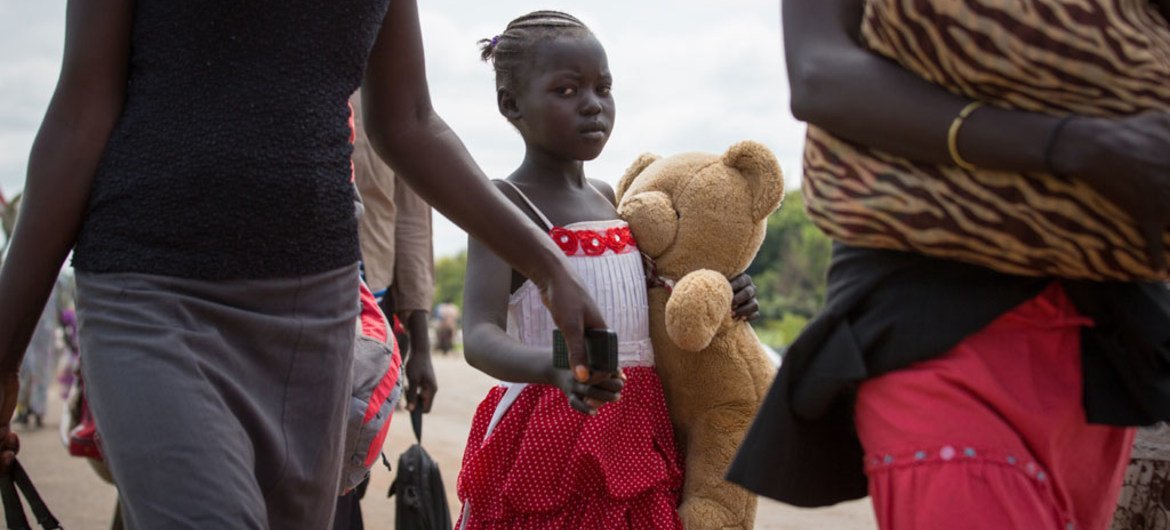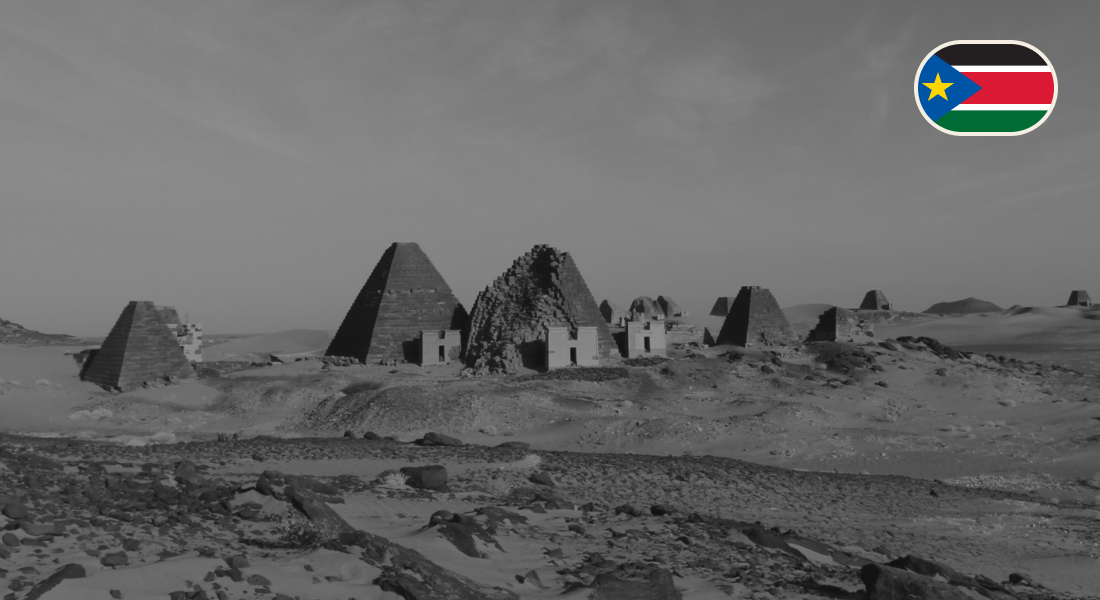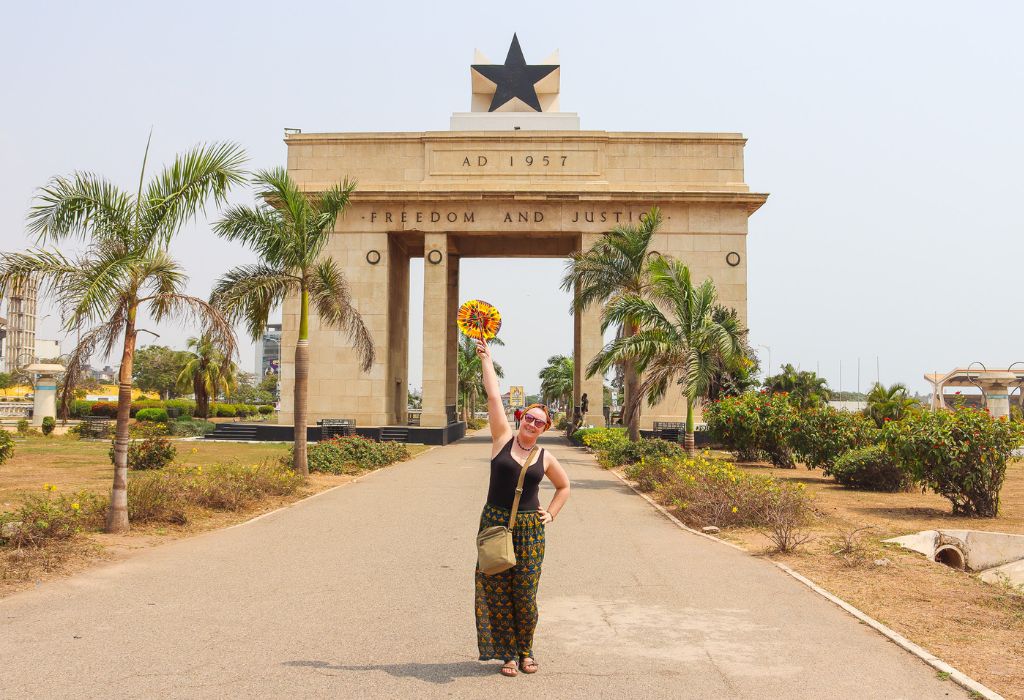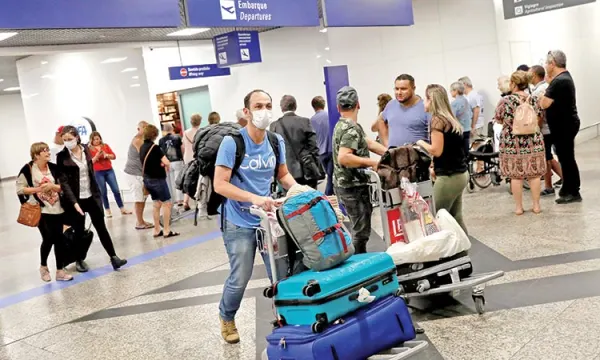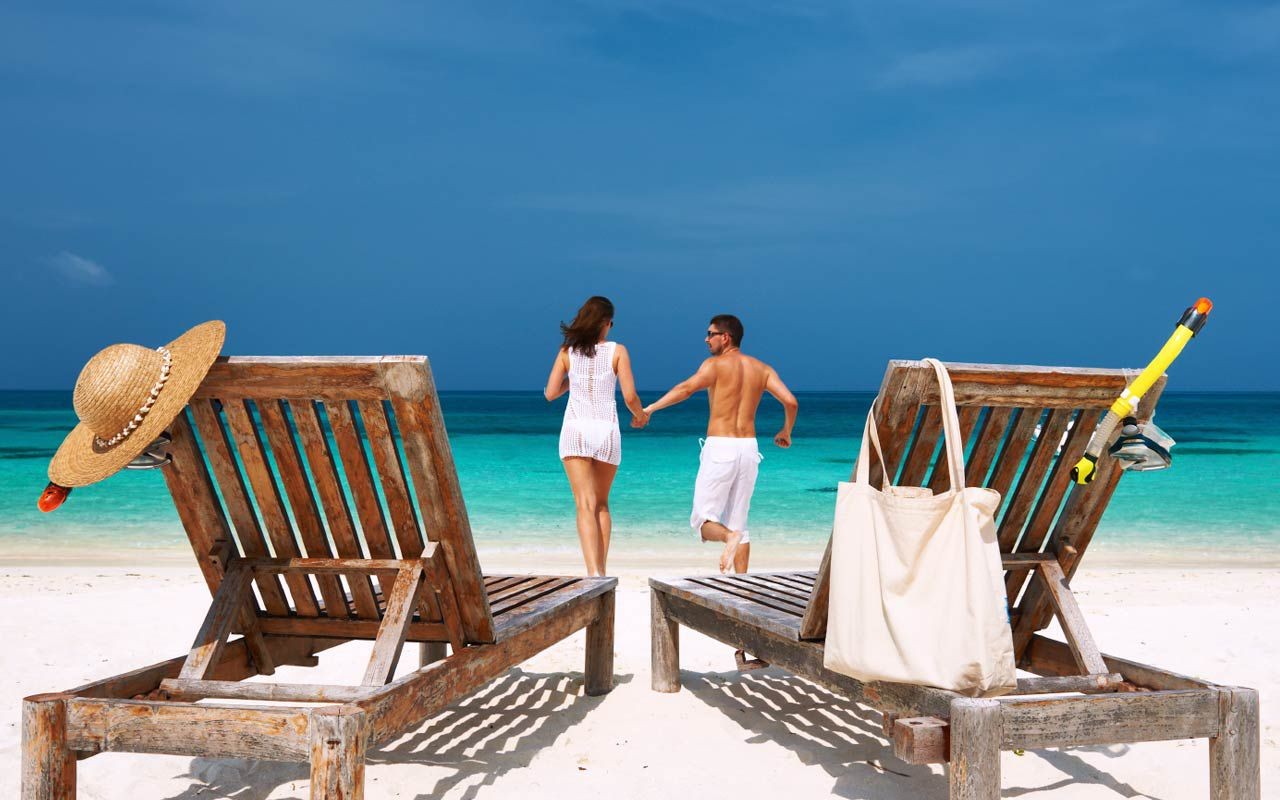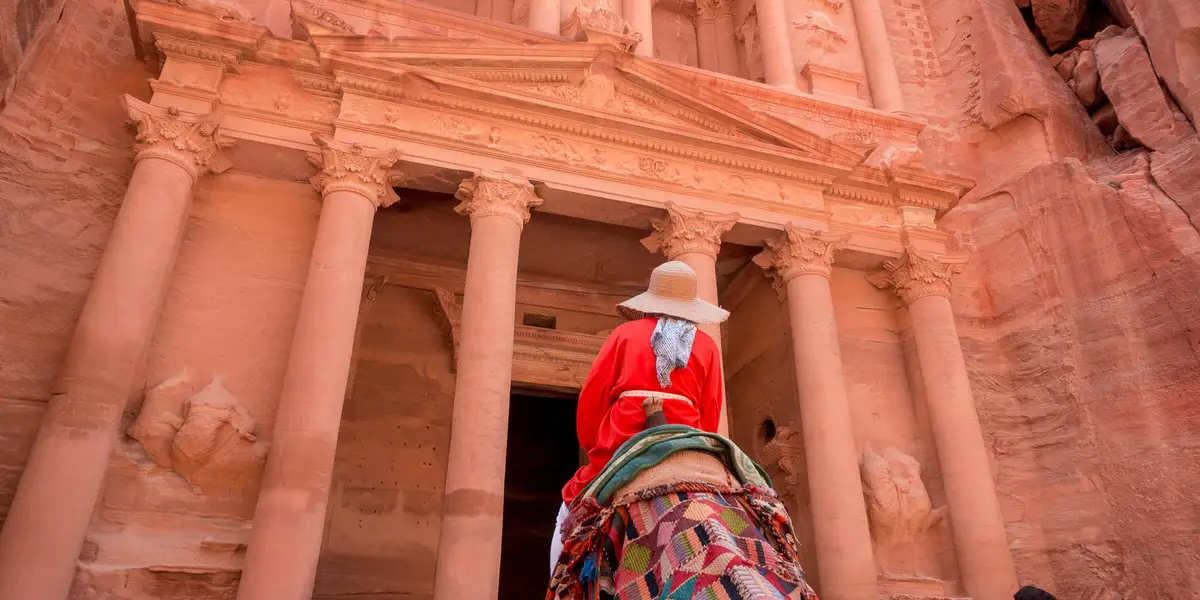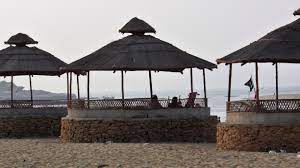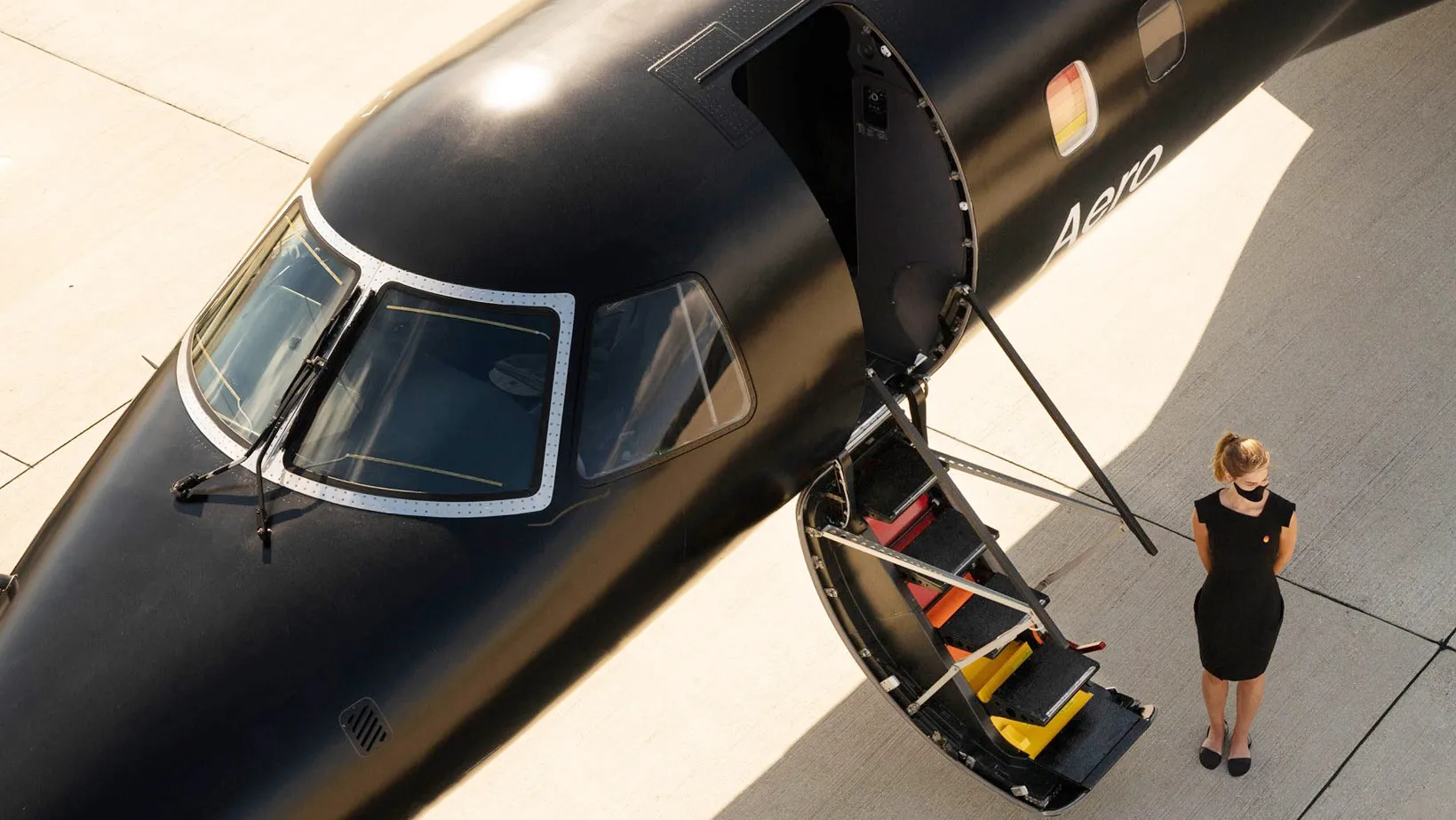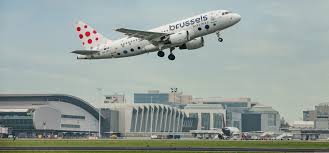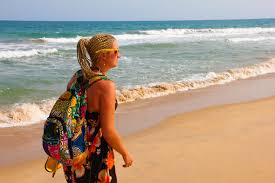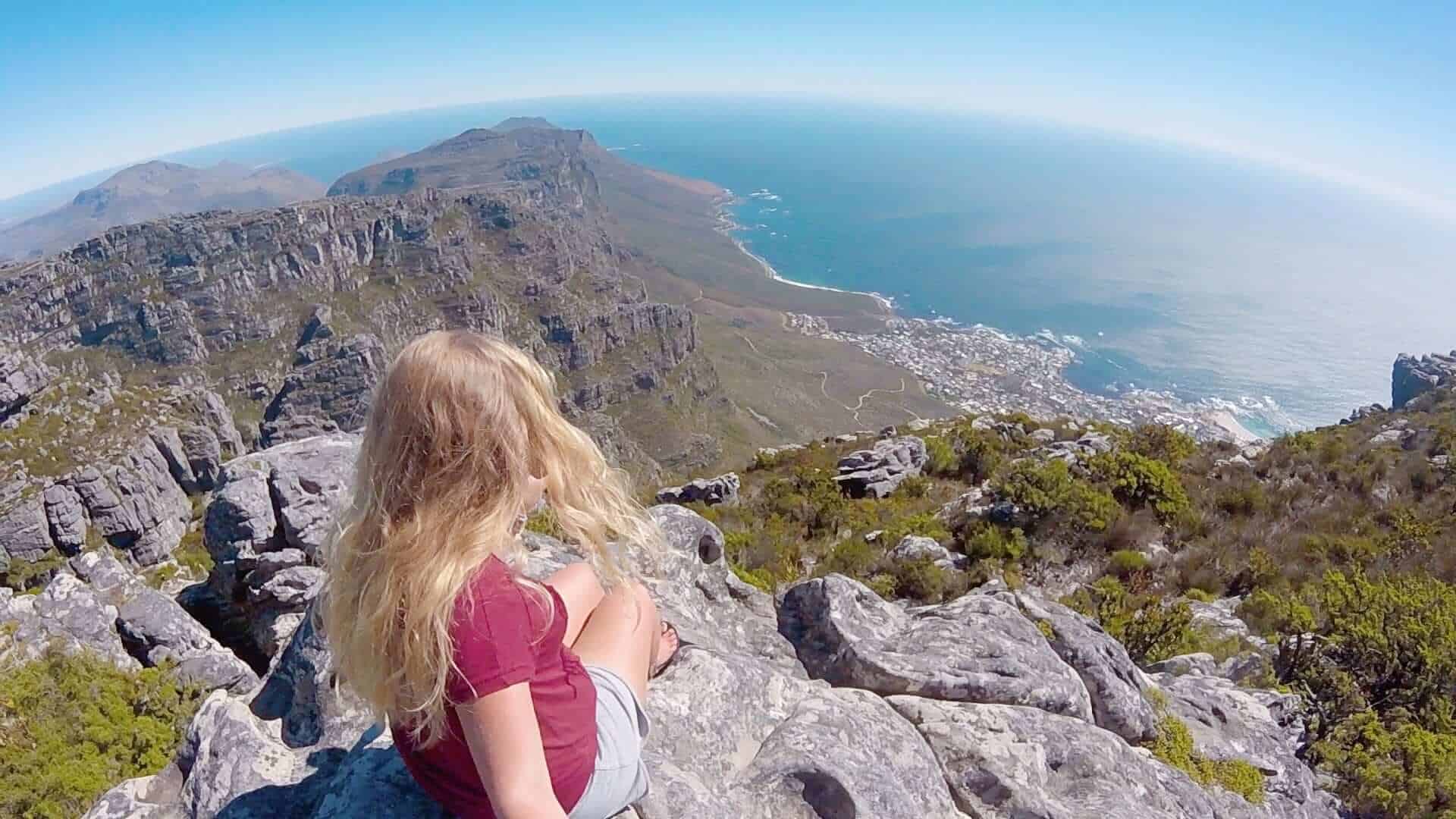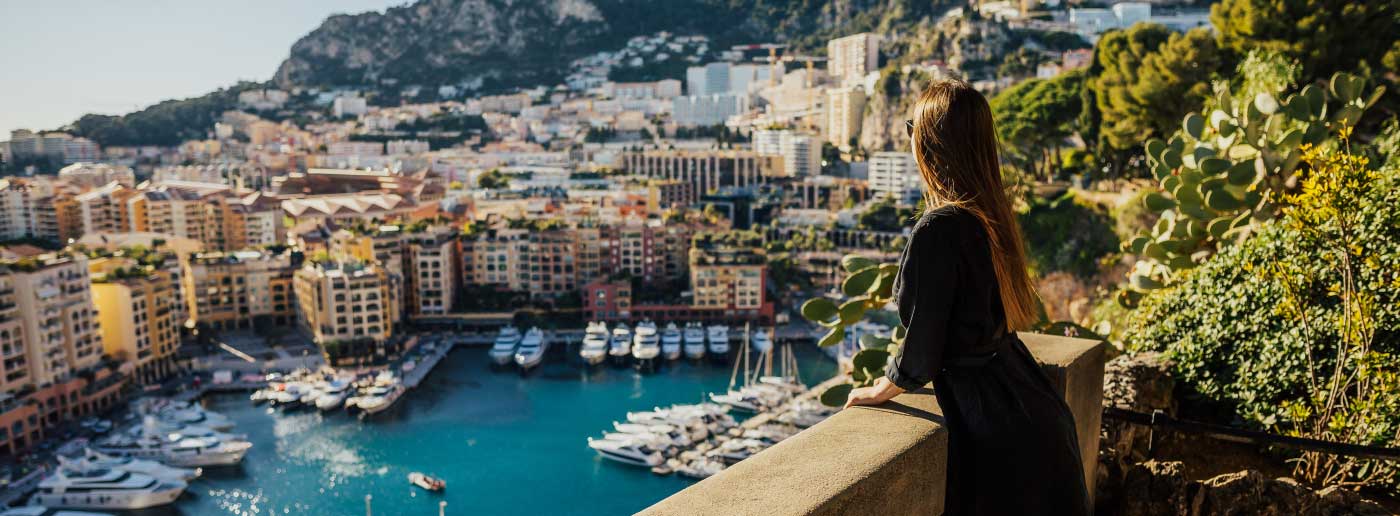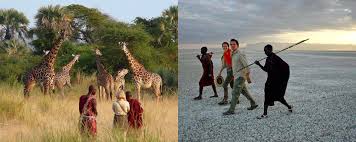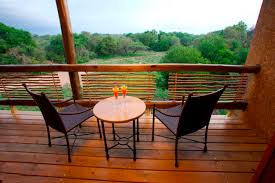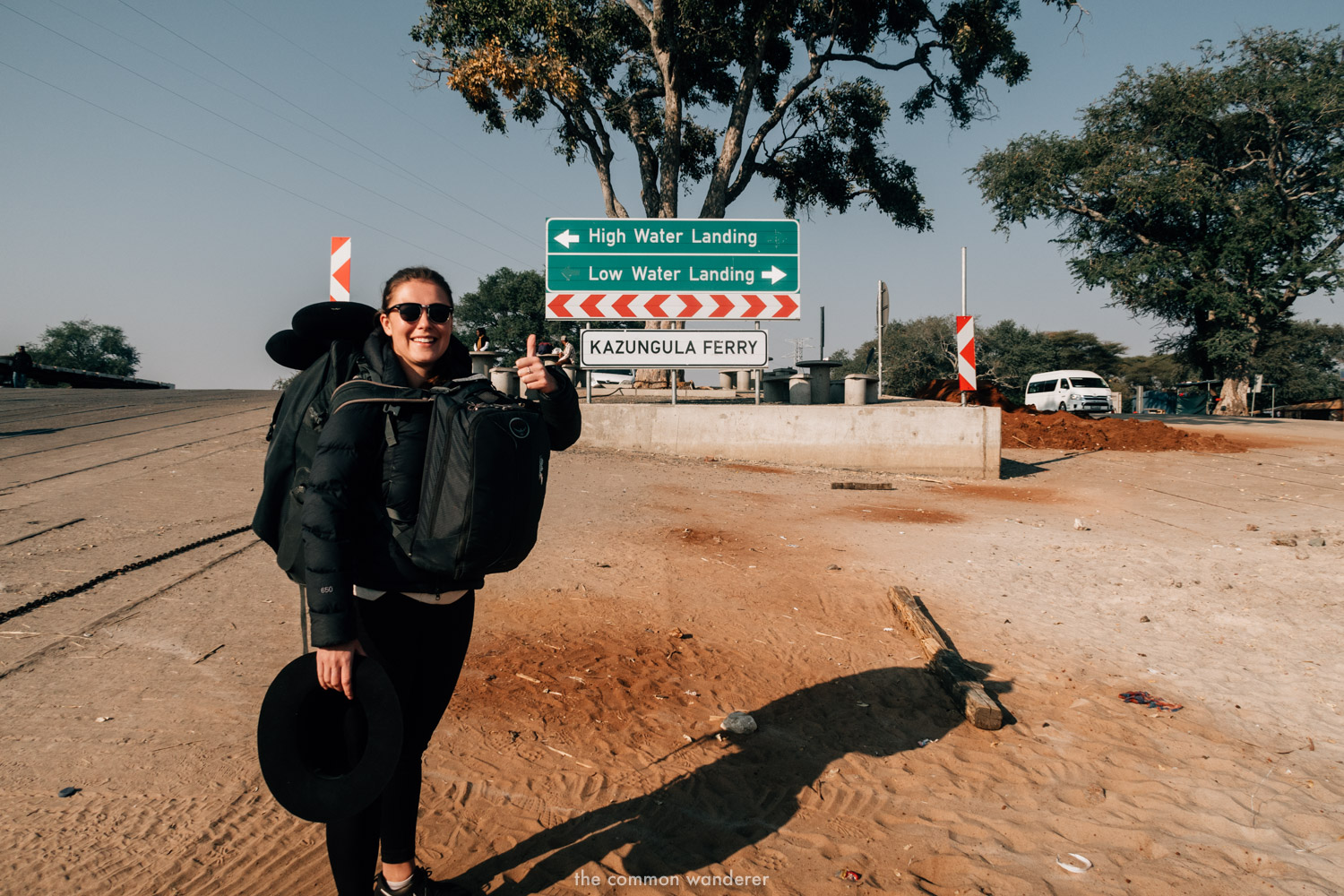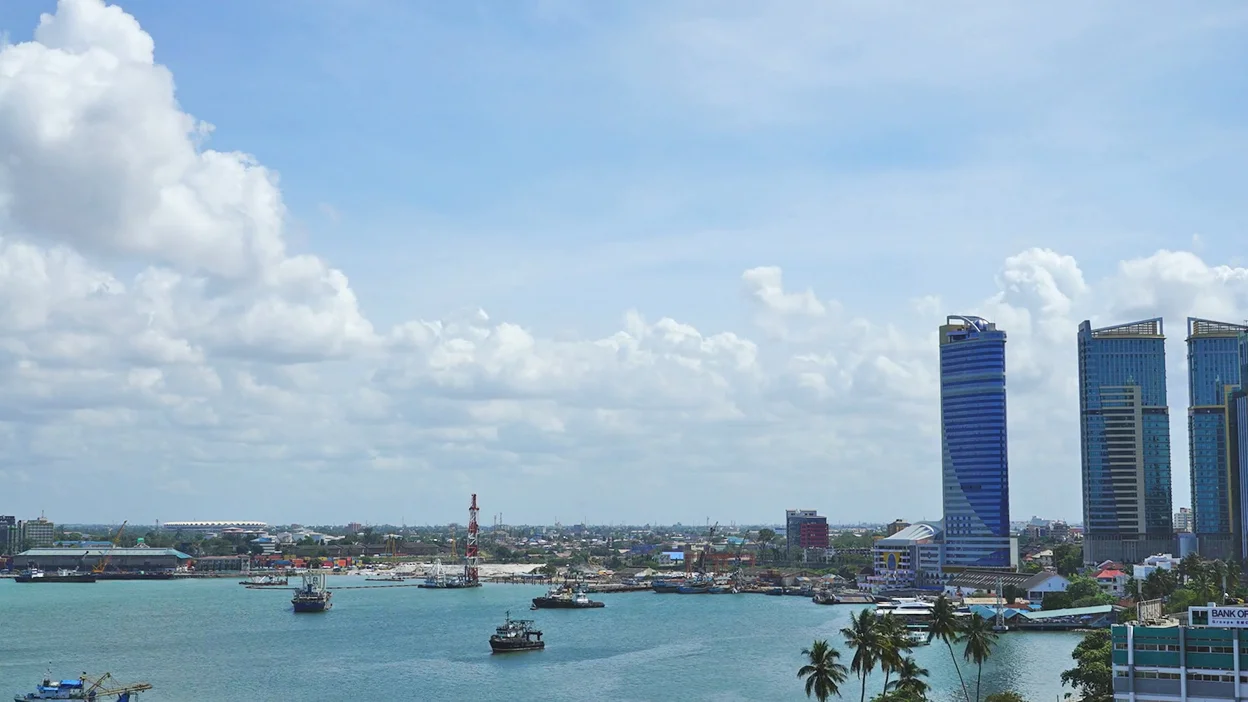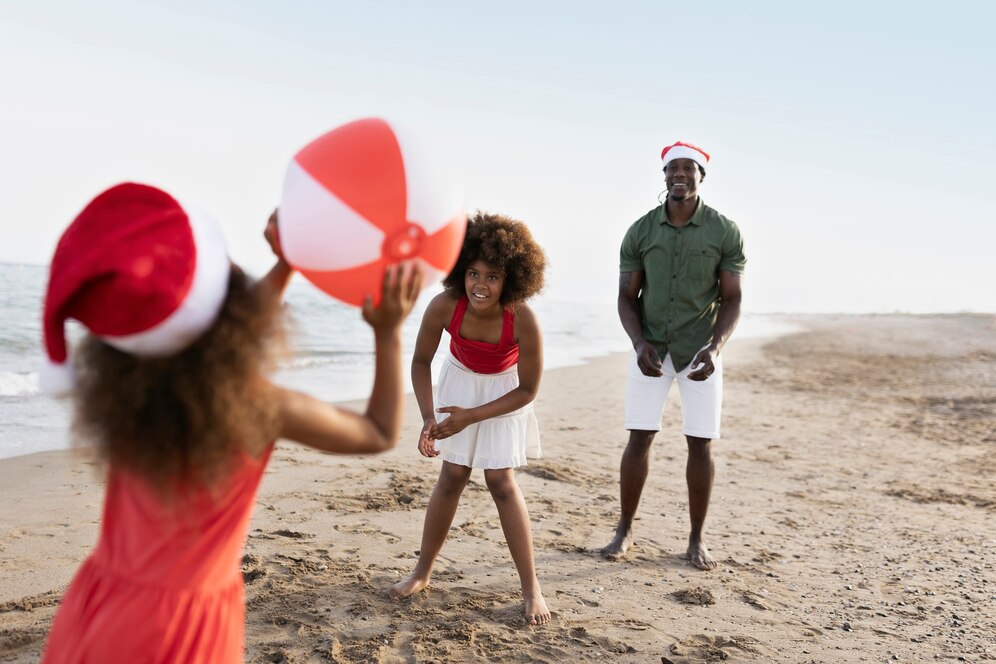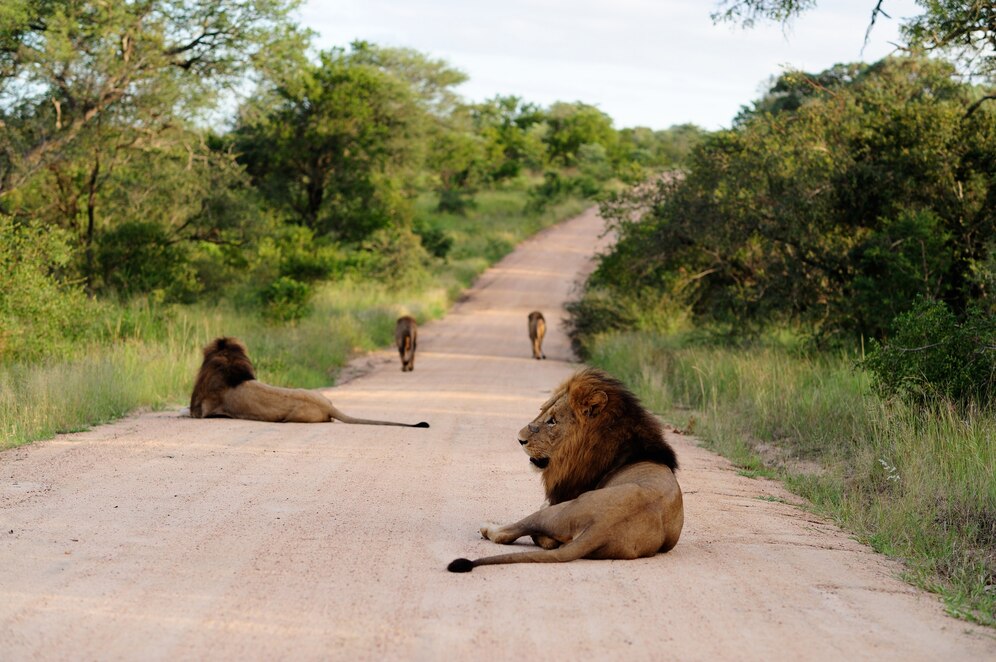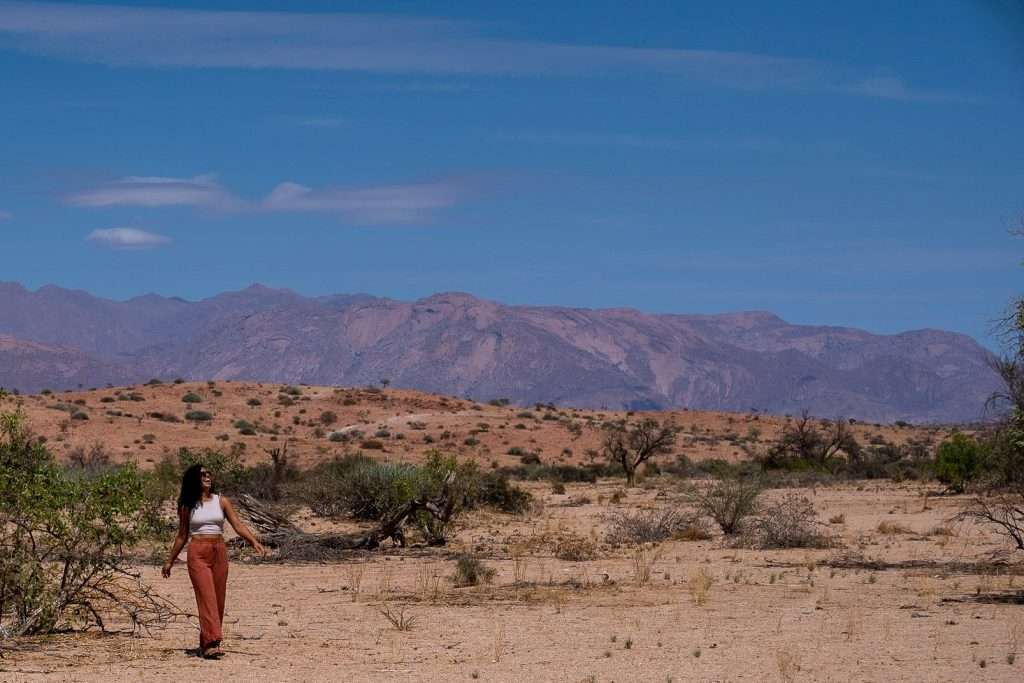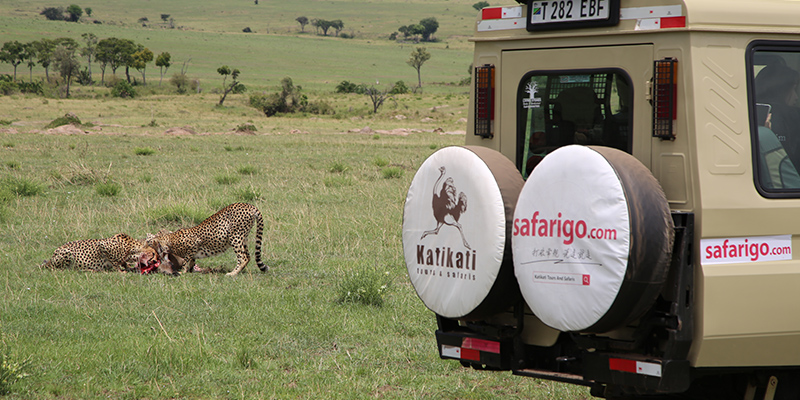
Sudan Travel Guide 2025: Khartoum to Port Sudan via the Meroe Pyramids
Sudan is a land of contrast: ancient pyramids rise from desert sands while modern cities buzz with complexity, resilience, and tension. For travelers drawn to authenticity over comfort, it offers a unique—if complicated—experience.
This blog isn’t here to judge your decision to travel. It’s not a warning, nor is it sugarcoated wanderlust. Instead, this is a deeply researched and experience-informed guide for those genuinely curious about traveling between Khartoum and Port Sudan, with a detour to the breathtaking Meroe Pyramids.
We gathered insight from recent travelers, Sudanese locals, government advisories, and travel forums to provide practical tips, on-the-ground realities, and culturally sensitive suggestions.
If you’re traveling smart, prepared, and informed—this post is for you.
1. Understanding the Current Situation in Sudan (2025)
Sudan has endured political upheaval, civil unrest, and economic hardship for several years. While much of the conflict centers around Darfur, Khartoum, and other contested regions, the situation is fluid and evolving weekly.
Safety Overview:
- Khartoum: Once bustling, Khartoum has seen intermittent violence and unrest since the military coup. Electricity and water shortages are common. Check the latest news and speak with locals.
- Meroe (Shendi area): Less affected by direct conflict, though infrastructure and services are minimal. Road access and fuel can be inconsistent.
- Port Sudan: Known to be relatively stable and beautiful, but is experiencing pressure from displaced populations and is struggling under infrastructure limitations.
Travel Advisory Links:
Recommendation:
- Stay updated daily using embassy bulletins and trusted news sources
- Register your trip with your embassy
- Consult Sudanese expats for current ground-level information
2. Itinerary Overview: Khartoum → Meroe → Port Sudan
A 7-day trip can be a whirlwind of history, culture, and surreal landscapes. Here’s a sample itinerary:
Day 1–2: Arrive in Khartoum
- Visit the Sudan National Museum, housing artifacts from Nubian and Pharaonic times
- Witness Nuba Wrestling matches if active at Haj Yousef stadium
- Walk the White Nile promenade during sunset
- Sample Sudanese street food: foul (mashed fava beans), kisra (fermented flatbread), and taamia (Sudanese falafel)
Where to stay:
- Choose guesthouses or hotels with generators, Wi-Fi (when available), and water tanks
Day 3–4: Meroe Pyramids Stopover
- Located ~230 km north of Khartoum (3.5–4 hours by car)
- Stop at Shendi, the nearest major town
- Visit Royal City of Meroe, the pyramids, and ruins of the Kushite Kingdom
Activities:
- Hike the dunes for a sunrise or sunset view of the pyramids
- Hire a local guide to share the deep historical significance of the site
Day 5–7: Port Sudan
- Explore Red Sea beaches ideal for diving, snorkeling, or relaxing
- Take a day trip to Suakin Island, once a medieval trading port
- Visit Beja villages, home to indigenous nomadic tribes
3. Transportation: Roads, Buses, and Risks
Khartoum to Meroe (Shendi):
- Distance: ~230 km
- Travel time: 3.5 to 5 hours depending on checkpoints and road conditions
Transportation Options:
- Minibuses and public buses: Cheap but unreliable due to fuel issues and roadblocks
- Private drivers or fixers: Safer, especially for non-Arabic speakers. Cost ranges $60–$120 depending on the season
- Car rental with driver: Possible through expat networks or agencies
Meroe to Port Sudan:
- A long journey (~650 km)
- Expect two days of travel if not using domestic flights (though flights may be grounded due to fuel shortages)
- Remote stretches: Fuel stops are few. Travel with extra water and basic car repair supplies
Travel Tips:
- Avoid night travel
- Don’t rely on Google Maps—ask locals or hire drivers with recent road experience
- Always travel with a local contact number in case of police or military interaction
4. Staying Near Meroe: Where to Sleep
Lodging is basic in Shendi and near the pyramids, but it adds to the authenticity of the experience.
Lodging Options:
- Nubian Rest House (if operational): Once the go-to for archeologists and UNESCO workers
- Shendi guesthouses: Typically family-run, cash only
- Camping at Meroe: Possible with gear. Always check with locals and ensure permission
Tips for Staying in Meroe Region:
- Call ahead to confirm accommodations
- Bring:
- Insect repellent
- Portable power bank
- Flashlight/headlamp
- Toilet paper and hand sanitizer
- Extra water and non-perishable snacks
5. Is Sudan Safe for Solo Female Travelers?
Short answer: It depends. But proceed with extreme caution.
What travelers say:
- Positive experiences: Kind locals, helpful strangers, emotional connections
- Negative incidents: Harassment, bribes, security checkpoints, lack of safe transport
Precautionary Measures:
- Travel with a guide or local contact
- Avoid going out at night
- Avoid eye contact in conservative or rural areas
- Wear:
- Long sleeves
- Loose pants or ankle-length skirt
- Scarf for rural areas (especially during prayer times)
“Sudan was one of my favorite countries. It was hard, but it was real. And people were kind, not polished.” — Female traveler, 2023
Advice:
- Join a group tour or hire a fixer/guide
- Stay in known guesthouses with verified reviews
- Let people know your movements daily
6. What Makes Sudan Special? Culture, Connection & Cost
Despite political headlines, the true face of Sudan is its people and history.
Culture:
- Sudanese people are known for their hospitality—they invite you for tea, meals, and storytelling without expecting anything in return
- The culture blends Islamic traditions, Nubian pride, and African heritage
- Music and oral storytelling remain key elements in daily life
Cost of Travel in Sudan (Estimated):
| Category | Cost Range |
|---|---|
| Street Food | $0.50 – $2 per meal |
| Guesthouses | $5 – $25 per night |
| Private Driver | $60 – $120/day |
| Souvenirs | $1 – $10 |
Money Matters:
- Sudan is a cash economy
- ATMs rarely work for foreign cards
- Bring USD or Euro in small bills
- Exchange money at official exchangers or large hotels
7. Important Travel Tips
- Travel Insurance: Most companies exclude Sudan. Try SafetyWing, battleface, or Nomad
- Local SIM Cards: Sudani and MTN are best. Bring an unlocked phone
- Power Banks: Electricity outages are common
- Health Prep: Bring a travel first aid kit and necessary medications. Bottled water only.
- Photographic Caution: Don’t photograph police, checkpoints, military personnel, or airports
- Transport Etiquette: Greet drivers and other passengers with a smile and salam aleikum
8. Resources for Real-Time Info
- Facebook Groups:
- “Sudan Travel Updates”
- “Backpackers in Africa”
- Reddit Threads:
- r/travel
- r/solotravel (search Sudan for recent experience posts)
- Sudanese Expat Communities:
- Great for contacts, safety tips, and trusted drivers
- Embassy Pages:
- U.S., UK, and Canadian governments offer regular alerts and contact numbers
9. Should You Go?
No blog can make this decision for you. But we hope it arms you with facts, not fear.
The truth:
- Sudan is not easy. You won’t find clear tourist trails, five-star hotels, or consistent Wi-Fi.
- Sudan is not fake. You’ll find warmth, generosity, depth, and cultural richness that cannot be faked.
- Sudan requires courage. But it also rewards travelers willing to see its true self.
Consider Before You Go:
- Your risk tolerance
- Your travel experience
- Your physical and emotional preparedness
- Your ability to adapt to unpredictable conditions
Whether you go now or later:
Sudan deserves to be known beyond the headlines.




